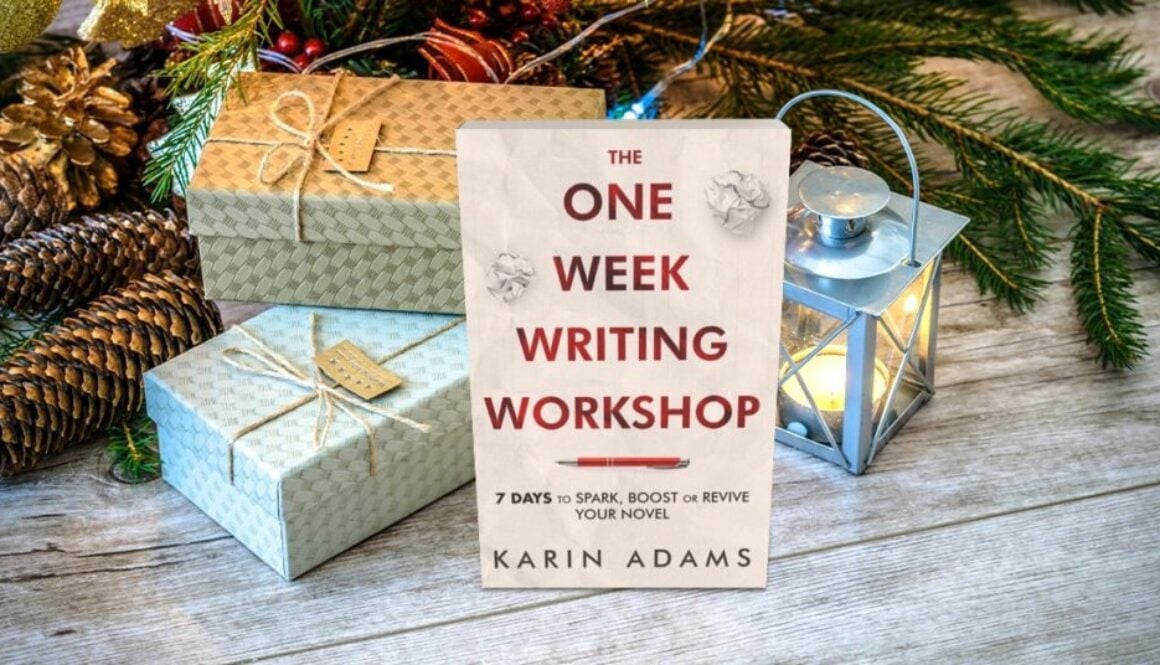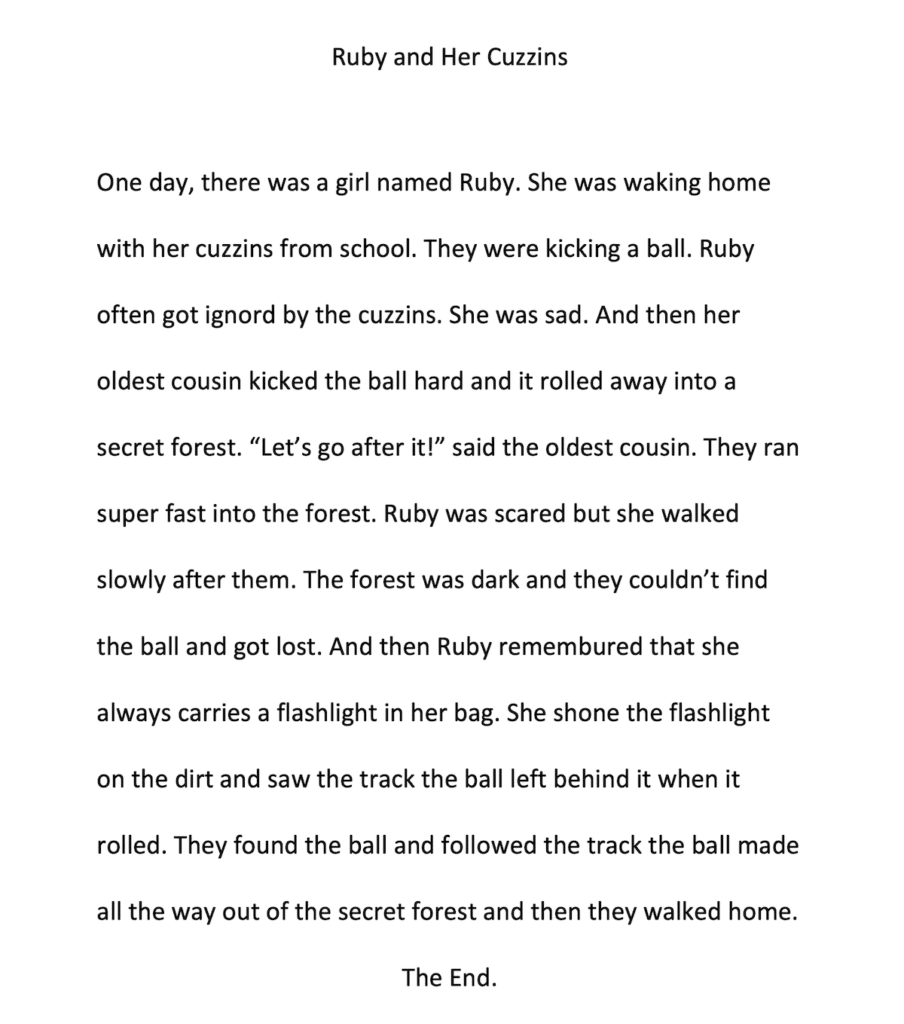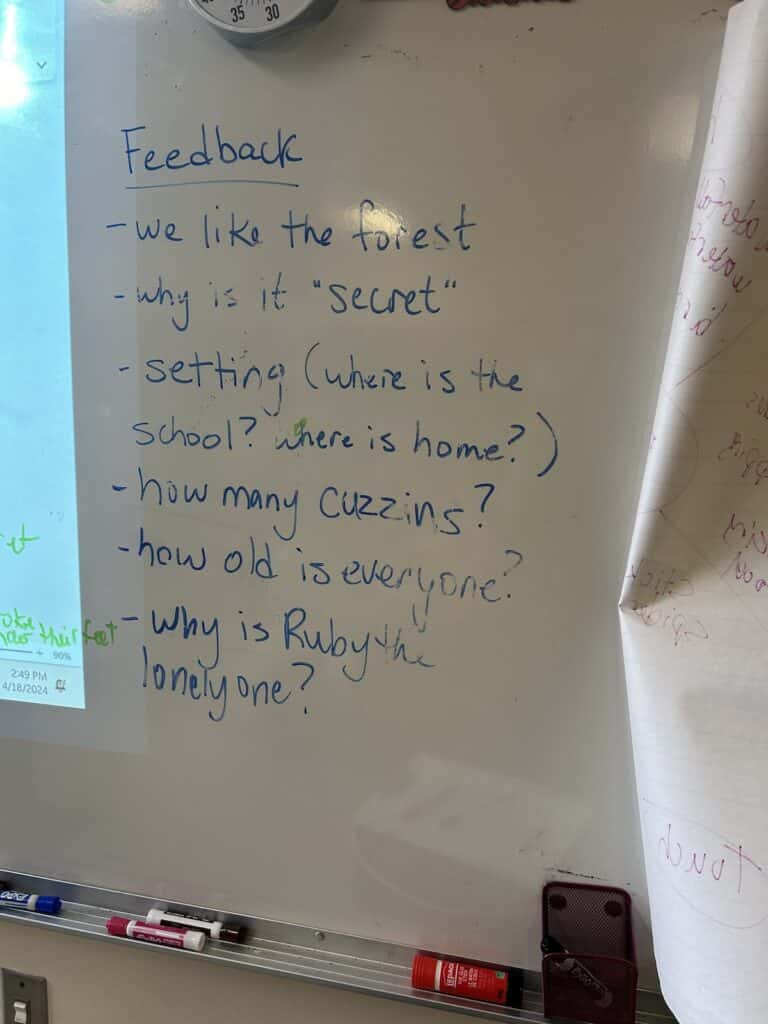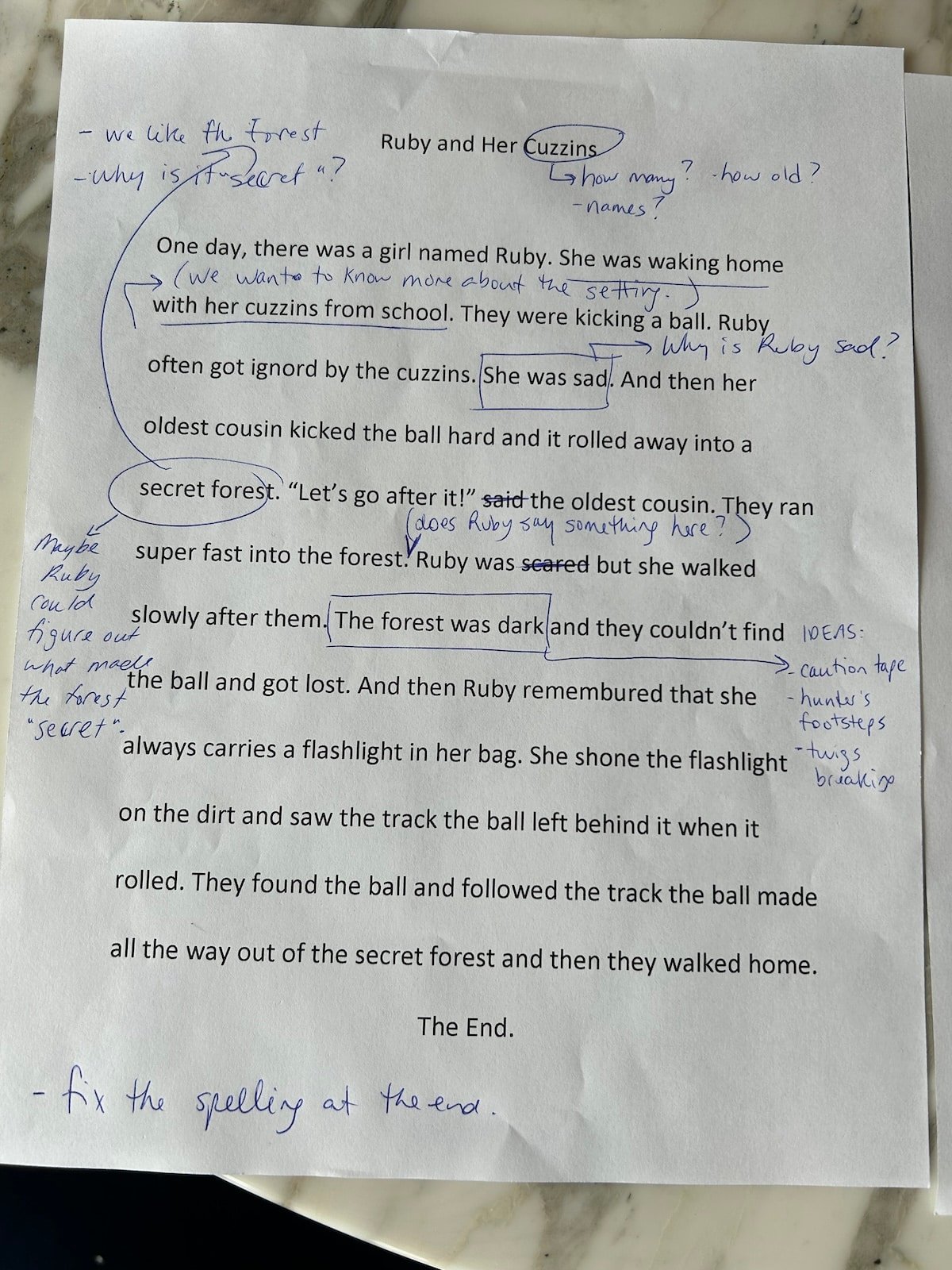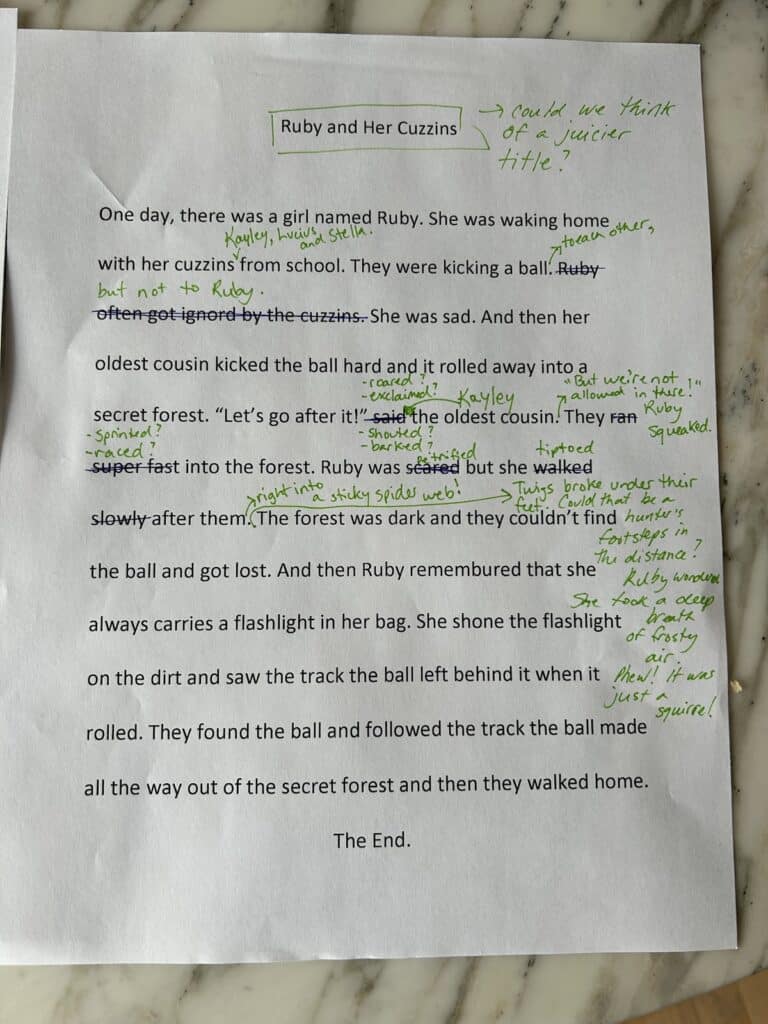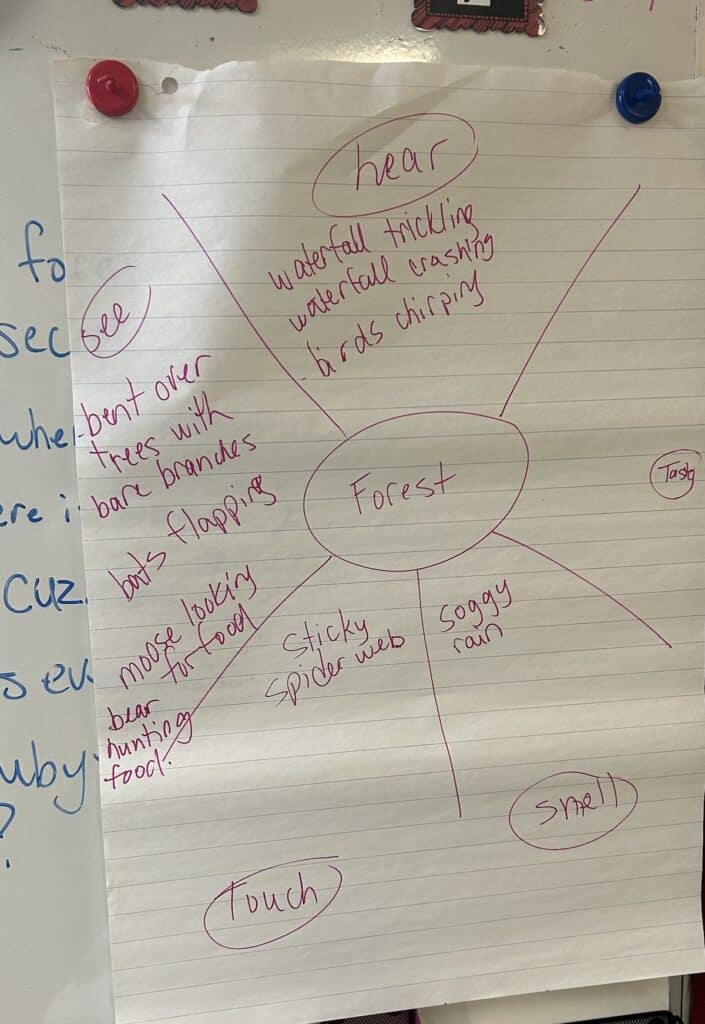Make Daydreaming Your Writing Superpower
When it comes to writing a story you’ve been mulling over for a while, you may have heard advice that goes something like this: “If you want to write a book, you need to stop daydreaming. Just sit down and write something.”
It’s hard to argue with the essence of this statement. Of course you need to write if you’re going to share your story! Some people respond very well to this direct, no-nonsense call to action. It lights a fire. It gets them going!
But it doesn’t work for everyone. In fact, for some writers, it just ends up making you feel worse. After all, you know that you need to write. And that’s been the problem—you find that you can’t… and you aren’t!
So, does that mean that those who don’t instantly get busy with pen and paper or put fingers to keyboard upon hearing “just write” simply don’t have it in them? Are they all destined to fail? I don’t believe that! (In fact, it’s the process-based premise behind The One Week Writing Workshop – where I show you that writing a novel doesn’t only happen at your desk!)
Rethinking “Just Write”
Let’s unpack “just write” together:
In my own writing as well as in my workshops, I’ve always been interested in the notion of steps. At a quick glance, there’s a huge gap between an idea for a story and a finished book. But in between are all kinds of steps.
Steps we can digest!
Steps are something manageable we can learn.
Steps we can take one at time and one after another until we’re no longer thinking of the gap, we’re simply heading in the right direction, even picking up momentum as we go.
Now, when a writer (and that writer is sometimes me!) feels unable to take the next step, whatever that is, I’ve made it my mission to figure out if there’s a different step or a smaller step available to carry things forward. Spoiler alert: there almost always is. Sometimes it’s about changing your way of looking at things, and sometimes it’s about getting creative. Sometimes it’s both.
Shift Your Mindset -Embrace the Dream!
With specific reference to the prescribed “stop dreaming, just sit down and write” step, I’d like to first suggest a mindset shift. I think we can all agree that at some level in order to write, you need to daydream. Think about it: a writer’s story-daydreams might involve imagining vivid moments in our characters’ histories. Running scenes in our heads like movie snippets. Walking through our settings and experiencing them with our senses, and finessing dialogue between our ears….etc. Pretty essential story stuff! So, that means that daydreaming and creative writing are connected by definition.
Guess what daydreamers—you are already taking a writing step. Mindset shifted and confidence boosted!
Linking Daydreaming to Action
Let’s agree then that daydreaming isn’t the enemy of writing, it walks right along with it hand in hand. Now, let’s take some creative action by deliberately connecting daydreaming with a writing practice.
Here’s how it might look. Pick a time and place, and a time limit. It could be an entire hour, but in no way does it need to be that long. Start small and doable—even what might seem ridiculously small to someone looking in. Fifteen minutes is just fine. (Remember, your issue is that you can’t get going – in this scenario, you are fifteen minutes further ahead. That’s something!)
For the first portion of your chosen time, actively daydream about your story. This should be no problem, especially if you’ve been doing it for a while. (By the way, you can go for a walk, rest on your couch, vacuum the floor—whatever active daydreaming looks like to you.) Set a timer if it helps. Step into your story’s world wherever it feels right—don’t worry if it’s not at the beginning but somewhere three-quarters of the way through, or you have no clue where the scene you’re imagining connects to the larger whole. Whatever scene, moment or aspect of your story is clear to you, that’s where you let your mind go.
When daydreaming time is up, your writing task is simply to transcribe. Don’t worry about point of view, voice, style if this doesn’t immediately come to you. Just jot down what you saw, heard, felt, etc. in your daydream. Keep this active writing time and goal very manageable too, maybe even more than manageable. For some, that might be 30 minutes or a 500 word limit. For others, five minutes, or a one hundred-word limit.
Do this for a few days in a row, picking another time and place to dream and then transcribe. Keep it up for as many sessions as you want. You can expand the sessions, but you don’t have to. Just keep going.
The Power of An Active Daydreaming Routine
Even after a few sessions, your story is beginning to live outside your head—you have the written proof right in front of you. You see? You didn’t have to give up the daydreaming that’s been fueling you in order to write, you’re simply linking what’s been coming naturally to the act of writing.
You could potentially write a whole first draft in this way, zig zagging your way through your story until you have a draft that you can polish, harmonize and refine. Even if you don’t find a cohesive style or voice at this part of the process, you now have something outside of your head to work with. I can’t emphasize enough how potentially powerful this is!
On the other hand, fueled by the confidence of seeing words on a page and the momentum of a regular practice, you might find a writing rhythm and approach that is a little more methodical and that makes sense to you. Voice, p.o.v., and narrative style might well begin to emerge.
Yet another possibility—as you see your story come alive in words, you might be inspired to redirect your energy toward an outline or storyboard, and then dip back into drafting.
In any case, you’re now so much further along in your writing journey. And you didn’t have to stop the daydreaming you found fun and natural like it wasn’t the real thing. It is an invaluable part of the real thing, and you know exactly how to do it. Happy writing – you’ve got this!
Karin 🙂



